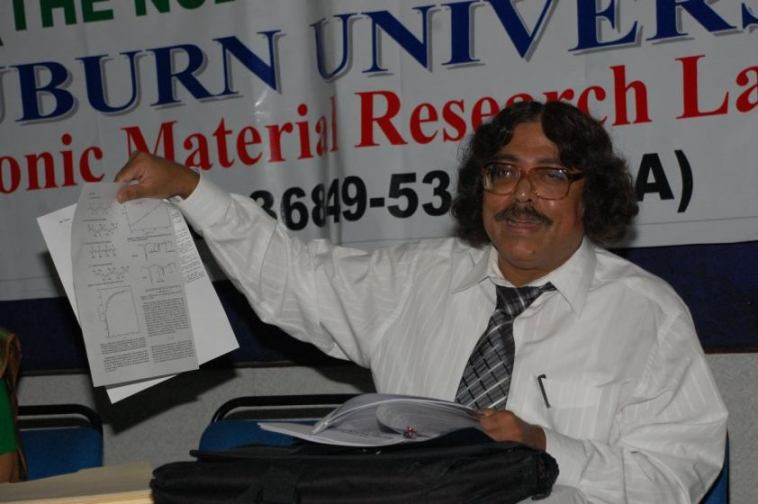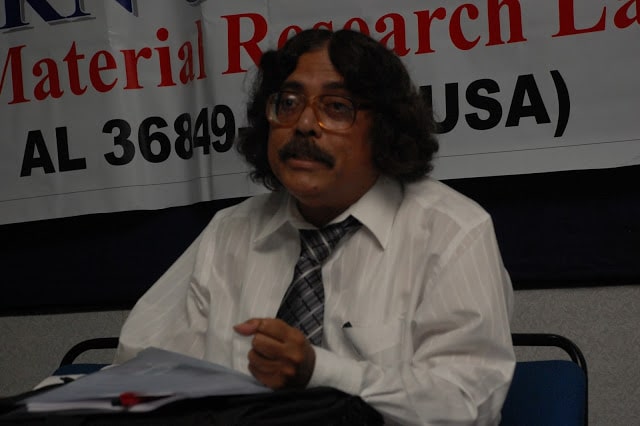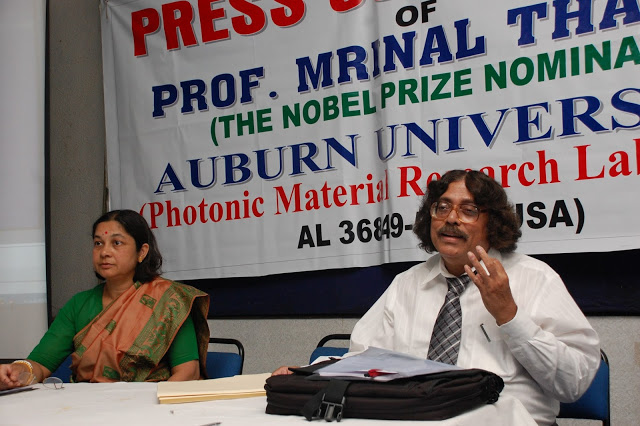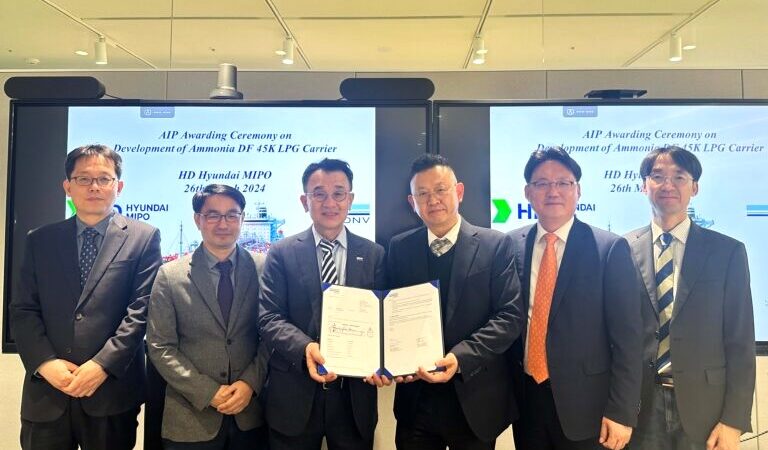Failure of Royal Swedish Academy of Sciences in Making Justified Decisions in Nobel Prize in Chemistry & Its Consequences

By Our Special Correspondent
New Delhi, August 19, 2020: Professor Mrinal Thakur, nominated 19-times for the Chemistry Nobel Prize, demands immediate acknowledgement of his “Nonconjugated” conductive polymers theory by the Royal Swedish Academy of Sciences (RSAS).
The Director of Photonic Materials Research Laboratory at Auburn University of USA, Professor Thakur said acknowledgement of his research as “Thakur’s Equation” by an American court establishes the central equation of the 2014 Nobel document is from his earlier works on nonlinear optics.
The US court’s mention of the “Thakur’s Equation” came in response to a case of plagiarism filed by him against the 2014 Chemistry Nobel Laureates.
The Judge of an US court has referred to this equation (equation 3 of the Nobel document of 2014) as “Thakur’s Equation” which is Δ = λ/(2nsinα(1 + I/Is)1/2), where Δ stands for resolution and I stands for laser light intensity.
The 2014 Nobel document did not credit to him for this equation and the underlying experimental and theoretical works in nonlinear optics that he performed.
In a statement here, he said the US court’s mention of the “Thakur’s Equation” came in response to a case of plagiarism filed by him against the 2014 Chemistry Nobel Laureates.

The Judge ruled there is no law against plagiarism (despite the consequences) in California.
However, in recent official communications, Stanford and UC Berkeley (where Moerner and Betzig work) passed the blame of plagiarism to The Max Planck Institute in Germany (where Hell is employed).
The 2000 Chemistry Nobel Prize was awarded for the discovery of Conductive Polymers. The RSAS gave the award only to those who discovered “Conjugated” conductive polymers excluding Professor Thakur for his discovery of “Nonconjugated” conductive polymers.
The document preserved at the Nobel Foundation website for the 2000 Nobel Prize in chemistry, thus is fundamentally incorrect.
Alan Heeger, A.G. MacDiarmid and H. Shirakawa, the 2000 Chemistry Nobel Prize laureates, made fundamentally nonfactual statements in their Nobel documents that only conjugated polymers can be electrically conductive.
Legal communications involving US attorneys have recently established that they agreed that Professor Thakur’s experimental works and theory are fundamentally correct while theirs are incorrect!
Professor Thakur demanded immediate resolutions on:
- No credit given to Professor Thakur in 2000 Nobel Prize and afterwards for his discovery of “Nonconjugated Conductive Polymers.”
- The RSAS yet to correct the document preserved at the Nobel Foundation website that a polymer must be conjugated to be electrically conductive which is nonfactual and the corresponding theory as given is incorrect.
- Professor Thakur’s research funding was abruptly stopped in 2003 as he brought up the incorrectness and inequity regarding the 2000 Nobel Prize in Chemistry.
- Professor Thakur stakes claim to the 2014 Nobel Prize in Chemistry as well since “Super-resolved Fluorescence Microscopy” (2014 Nobel in Chemistry) is primarily based on earlier nonlinear optical experimental and theoretical studies performed by Professor Thakur and colleagues on organic materials.
Professor Thakur earlier sought intervention of Prime Minister Narenddra Modi, Prime Minister Lofven of Sweden, and President Trump of USA in resolving these critical issues but they took no positive actions on them.
Thakur’s Equation Explained Scientifically
The 2014 Chemistry Nobel Prize was awarded to Betzig, Hell and Moerner for their works on “Super-Resolved Fluorescence Microscopy.”
The nonlinear optical coefficients as a function of wavelength, excited-state lifetimes, two-photon absorption and the detailed saturation dynamics have all been measured using femtosecond-duration pulses and their theoretical interpretations have been established.

The excited state lifetime as measured is about 1.8 ps. In the off-resonant domain the response is instantaneous.
As discussed in such reports, (phase-space filling model applied to PTS-polydiacetylene crystal), the fractional change in oscillator strength, δf/f is related to the number fraction of electrons (excitons) involved in the transitions as given in the following:δf/f = – N/Nswhere Ns is the saturation density.
For organic materials, energy levels remain essentially unchanged when light is incident on it. Using the phase-space filling model as above verified by detailed experimental measurements (Thakur et al. 1985-88), the equation relating the resolution and laser light intensity (Thakur’s Equation) that one arrives at isΔ = λ/(2nsinα(1 + I/Is)1/2).
Here Δ stands for resolution, I stands for laser light intensity, λ is wavelength, n is refractive index, α is semi-aperture angle and Isis saturation intensity.
This is the central equation, Equation 3 given in page 5 of the 2014 Nobel document preserved at the Nobel Foundation website and is derived based on phase-space filling model and the statistics involved in the emission process. No reference for this equation was provided in that document.

Super-resolved fluorescence microcopy, in particular stimulated emission depletion microscope is essentially based on femtosecond pump-probe measurement in third order optics of organic materials.
The mechanisms are adopted from earlier experimental and theoretical studies in third order optics involving well-defined materials such as polydiacetylene single-crystal films.
The correlation between the line-width (resolution) and optical intensity is developed using phase-space-filling model used in the case of PTS-polydiacetylene film.





